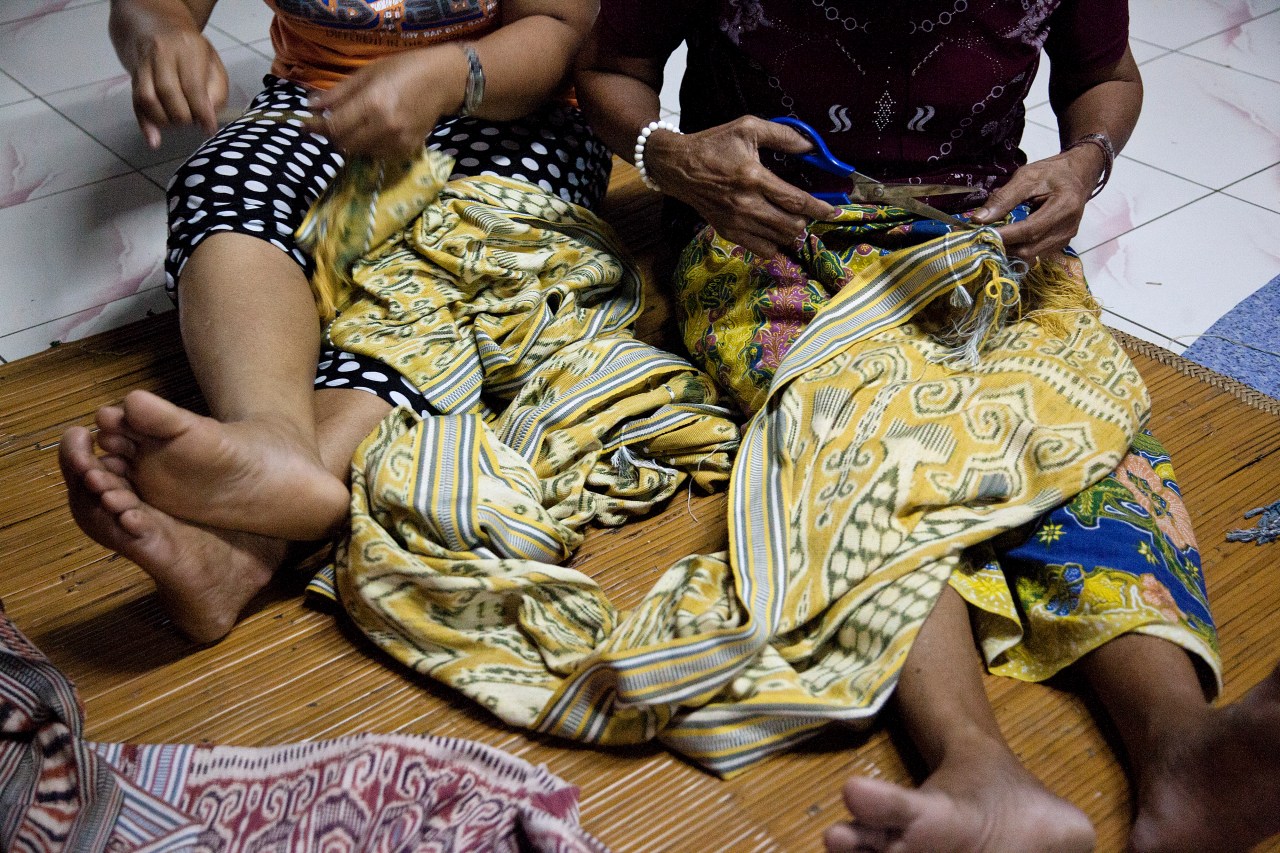The state of Sarawak on the island of Borneo is home to 2 million people of diverse origins. The Iban tribe is the largest of its 28 main ethnic groups and is believed to have migrated to Sarawak from Kalimantan, in neighboring Indonesia, hundreds of years ago. Its people quickly established themselves in Sarawak through violent territorial expansion.
The Iban were feared by other tribes for one primary reason: headhunting. What started as a religious rite—the acquisition of head trophies for funerary purposes—became a source of honor for Iban warriors.
Due to a government ban on the ritual, the practice of headhunting gradually slowed and is believed to have stopped by the mid-1900s. Today the Iban enjoy a very different reputation. Known for both their hospitality and their craftsmanship, they are skillful woodcarvers and weavers of clothes, baskets, and mats. In particular, their traditional woven cloth, known as pua kumbu, is the source of their renown. Made with natural dye and painstakingly handwoven, pua kumbu is richly decorated and used for ceremonial occasions such as births, marriages, funerals and healing rites. Intrigued by this age-old culture, a friend and I decided to travel to Borneo to learn more about the myths and history of Iban culture.
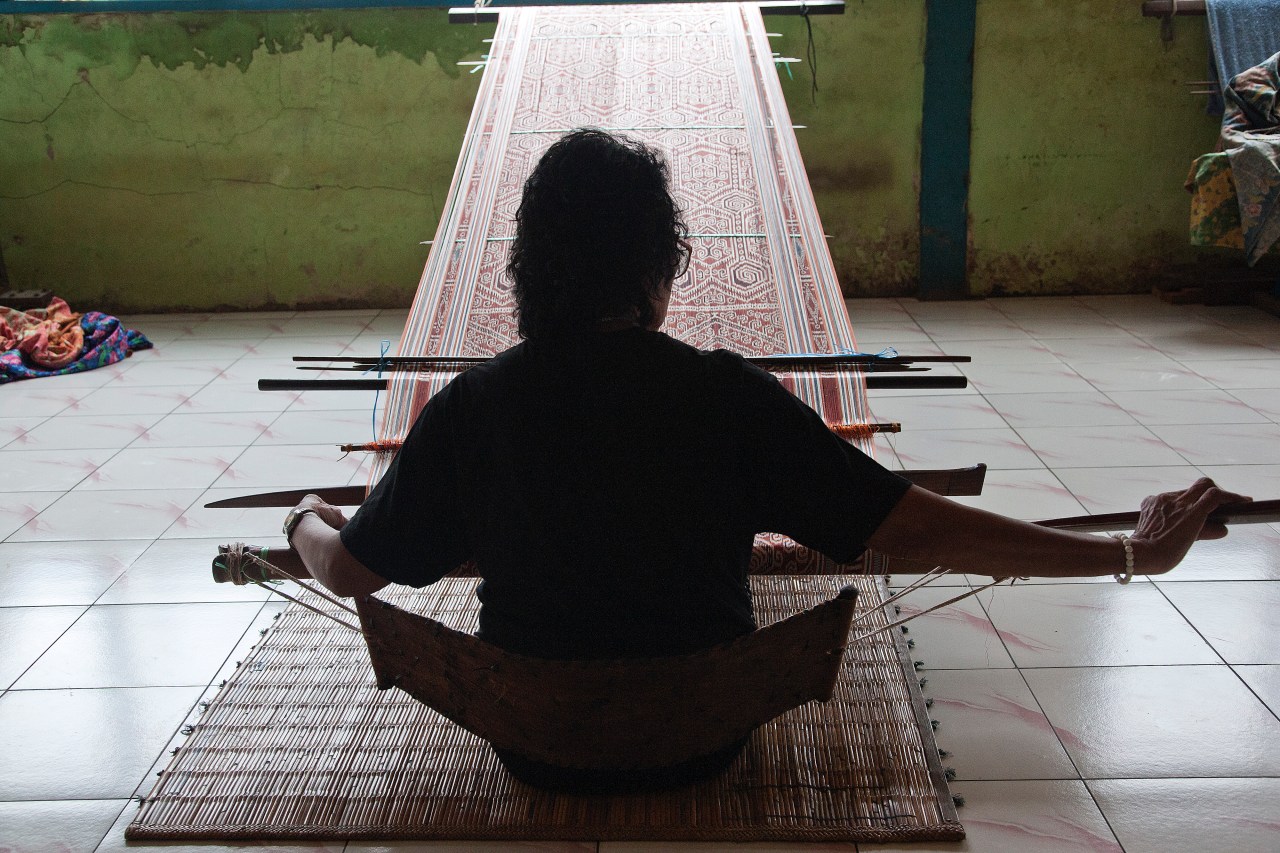
Getting to Sarawak’s more remote Iban longhouses is not an easy task. Jérôme Bouchaud and I took a boat seven hours from Kuching, the state capital, to Kapit, the commercial and social center, for the surrounding longhouse communities and timber camps. After another three-hour ride up the Balleh River, we boarded a long-tailed boat that took us to Rumah Gare, an Iban longhouse known for its community of women weavers. Heading deeper into the Bornean jungle, we passed through thick vegetation and ancient trees. Some of the longhouses are so remote that the river is the only way residents can travel between them.
When we finally reached Rumah Gare, a welcome party had been waiting for us: a group of men was sitting in the communal area of the longhouse, serving and drinking the homemade fermented rice wine known as tuak and playing the traditional Iban drum, or gendang. Immediately, we were invited to join in and offered glasses of tuak. It had a strong, heady aroma but was sweet and easy on the tongue.
Many older women were sitting in front of looms and weaving, while the older, heavily tattooed men were carving gendang and mending fishing nets. There were children and babies, too, all looked after by their grandmothers. I noticed then the visible absence of young men and women in the longhouse: Most have left to find work in the nearby towns of Kapit and Sibu, returning only during occasions like Christmas or Gawai, the rice-harvesting festival. The few who remain tend to work in logging and construction. It is a far cry from the traditional Iban lifestyle, which consisted of hunting for game, gathering leaves and roots in the jungle, and fishing in the river. Kenneth, a resident of Rumah Lasso, another longhouse further up the Balleh, explained the change: “We don’t gather food in the jungle anymore because it’s cumbersome. It’s easier to buy from the market or from those few who still do it.”

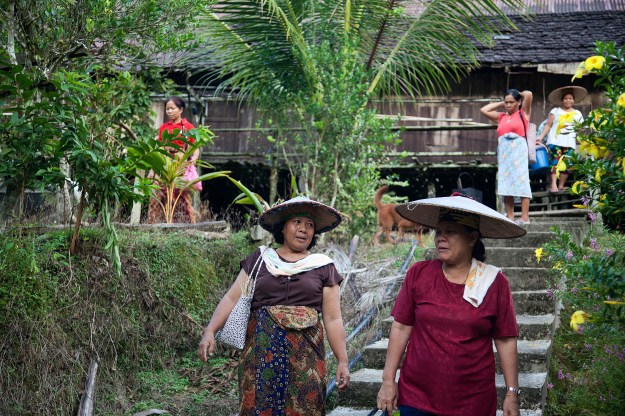
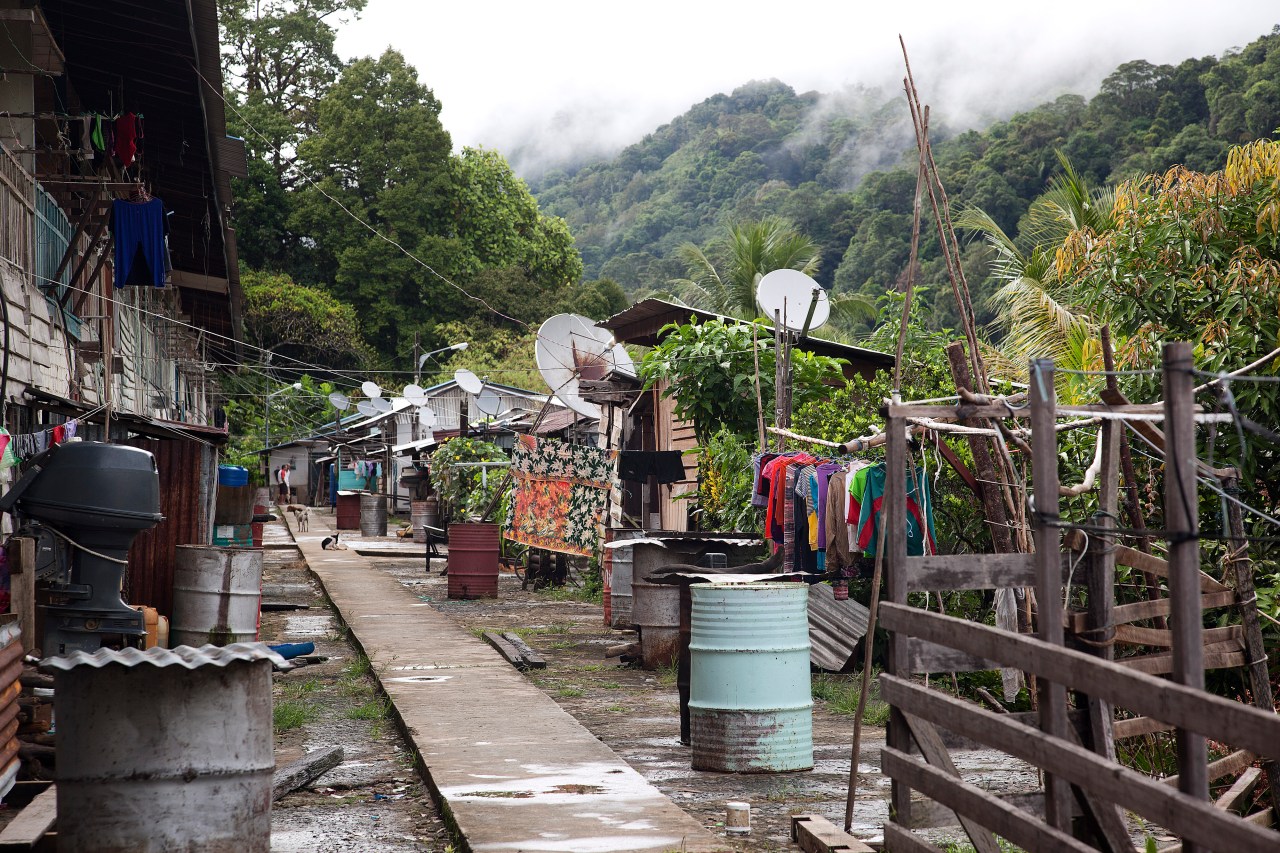
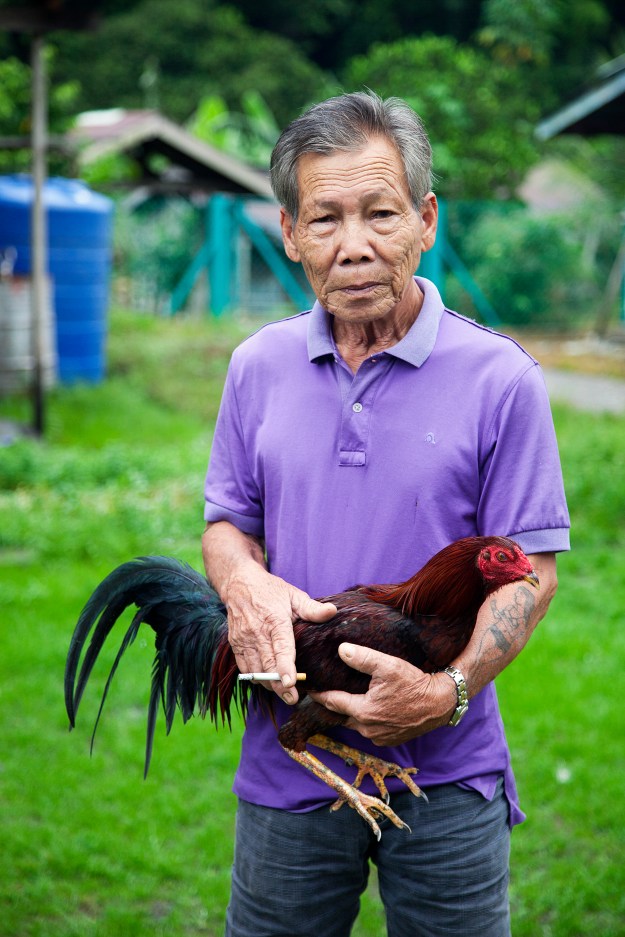
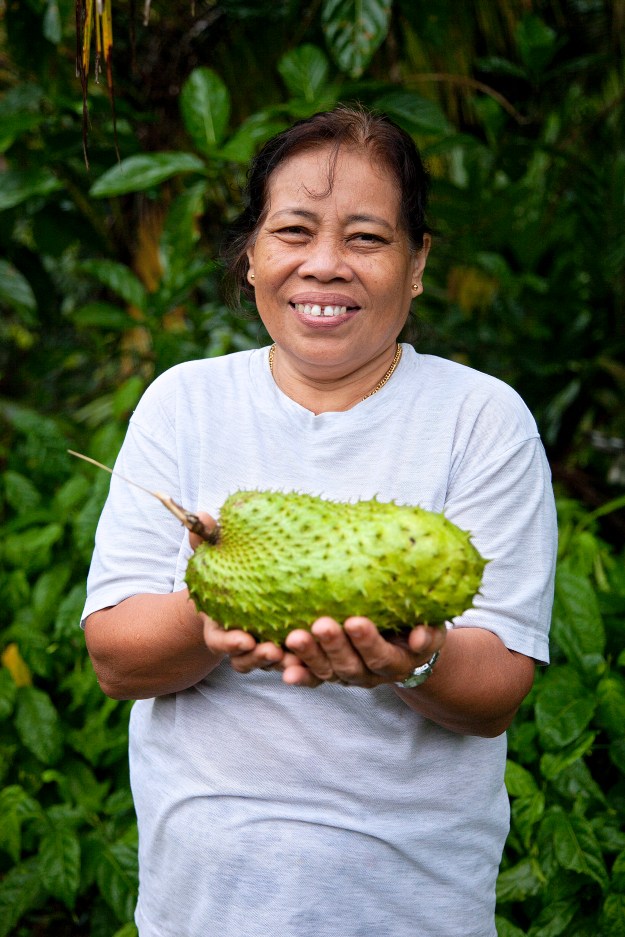
Still, one tradition that is enjoying a revival of sorts is the Iban art of weaving. We meet Rumah Gare’s acclaimed pua kumbu weaver Bangie anak Embol, a 77-year-old woman possessing extraordinary grace. Before it became a commodity available in most local markets, the ceremonial pua kumbu was believed to have the power to ward off evil spirits from the longhouse community.
Weaving pua was therefore a spiritually charged endeavor, carried out only by women. For a weaver to reach the highest level of her craft, she had to possess the ability to communicate with the spirits, who would in turn inspire her powerful designs through dreams. Anak Embol is one of Sarawak’s last “dream weavers.” With the help of outsiders like Malaysian designer Edric Ong, she and her creations have traveled the world and received many accolades, including crafting prizes from UNESCO. Though the commercialization of pua weaving has coincided with a decrease in spiritual ceremony around weaving, anak Embol, is grateful that it has become a vehicle of social change and empowerment for Iban women, allowing them to be financially independent.
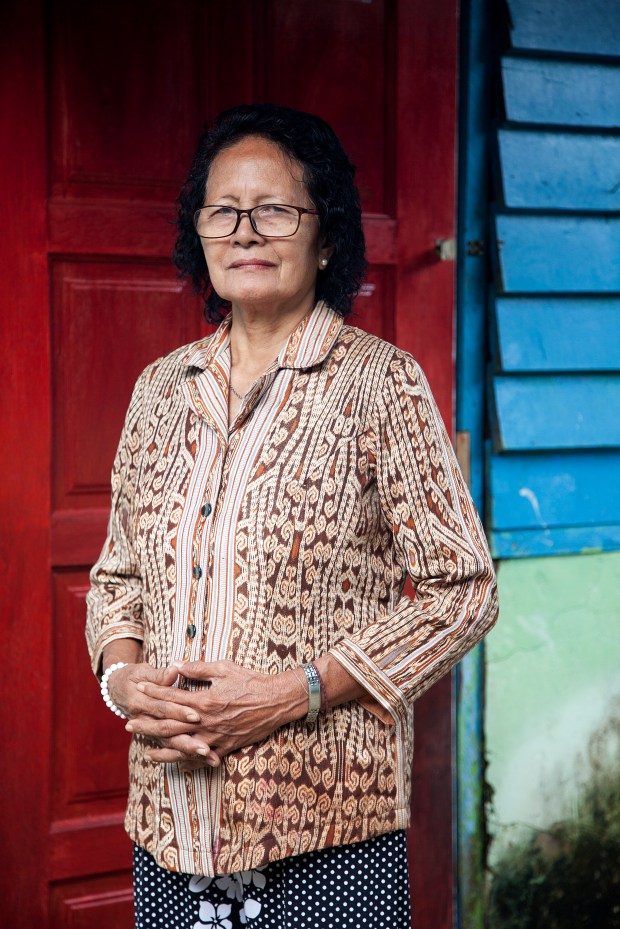
Anak Embol has a very personal take on how her dreams inspire the designs. In the very first dream she had, a spirit told her to wash the yarn in the river and gave her specific instructions on how to treat the yarn before weaving. Anak Embol knew then that she had to fulfill that dream, and when she did, she found that the ritual released her emotions and cleansed her mind. Thus liberated from all negative distractions, she felt ready to receive the new designs that came to her. She called these inspirations her “dream designs.”
Sadly, she sold most of her dream-design pieces to outsiders. “I regret not keeping them because they cannot be replicated. I invested so much time and emotion into creating them. When I sold them, it was like a piece of me was gone with them,” anak Embol says. Sensing that her time as a master weaver is slowly coming to an end, anak Embol is looking for a successor, someone who can take her place and lead the group of 30-plus weavers still active in Rumah Gare. She fears that if she cannot pass down her knowledge and wisdom in time, much of the sacred craft of pua kumbu will disappear.


